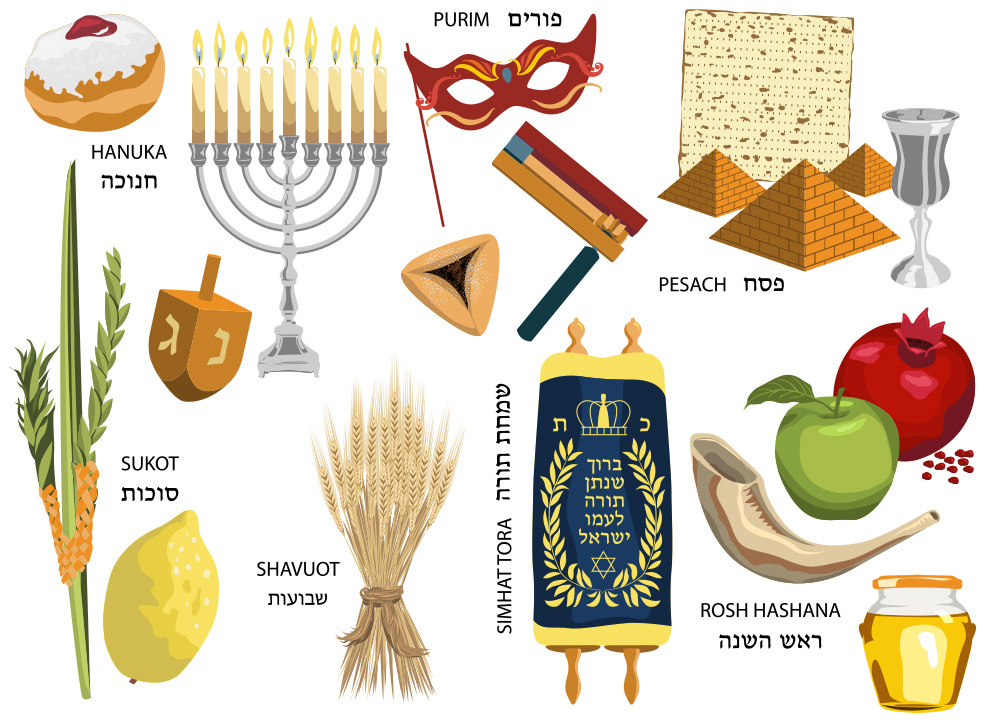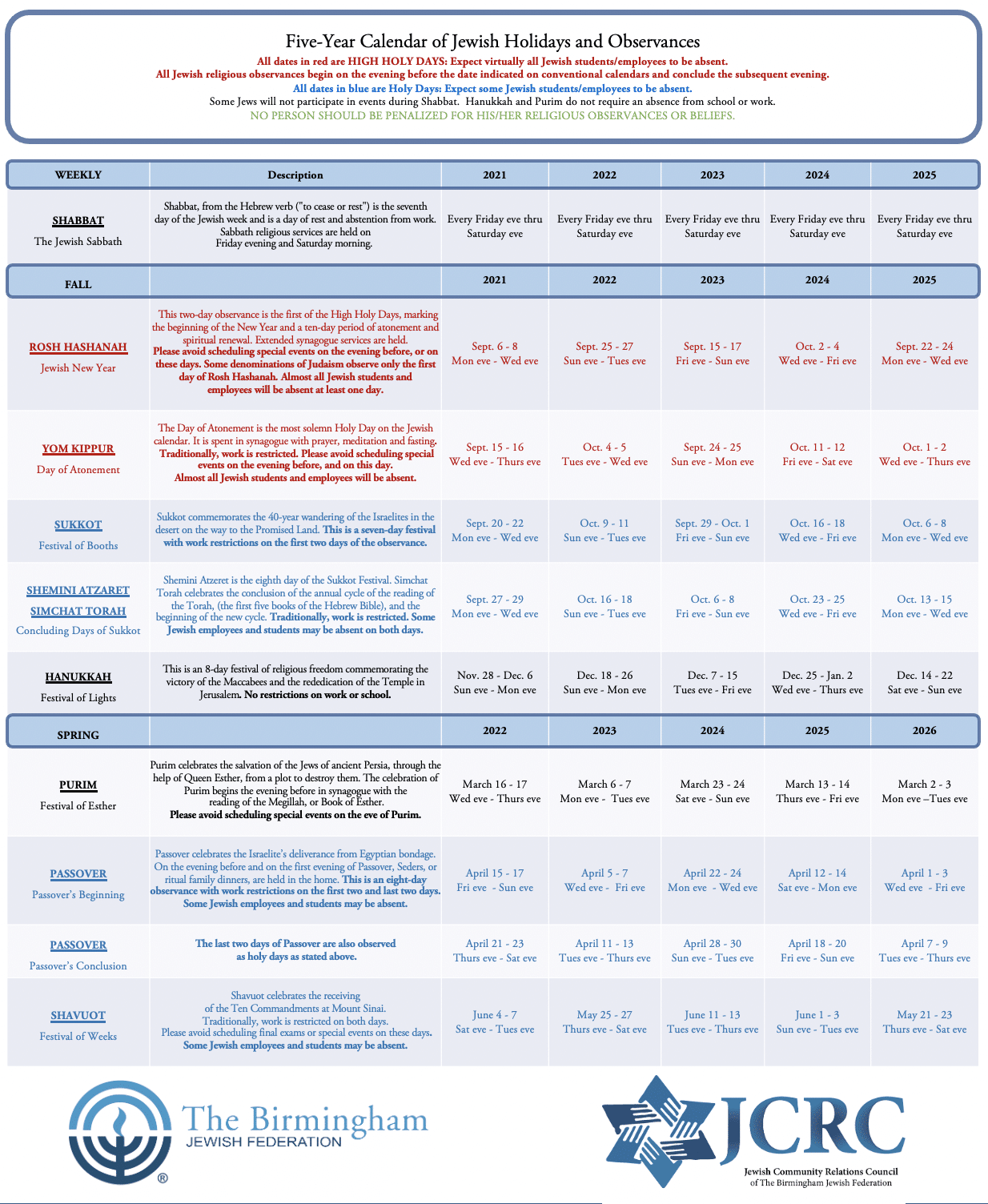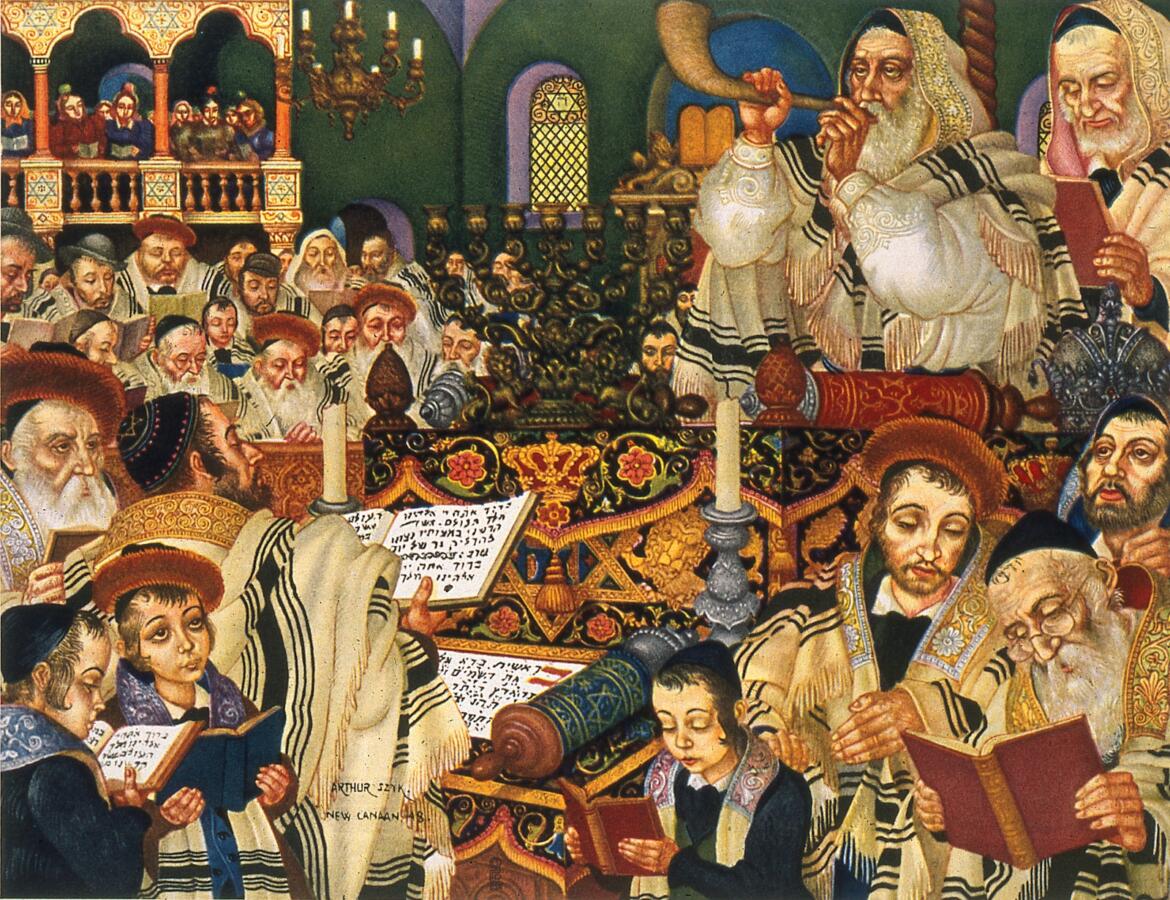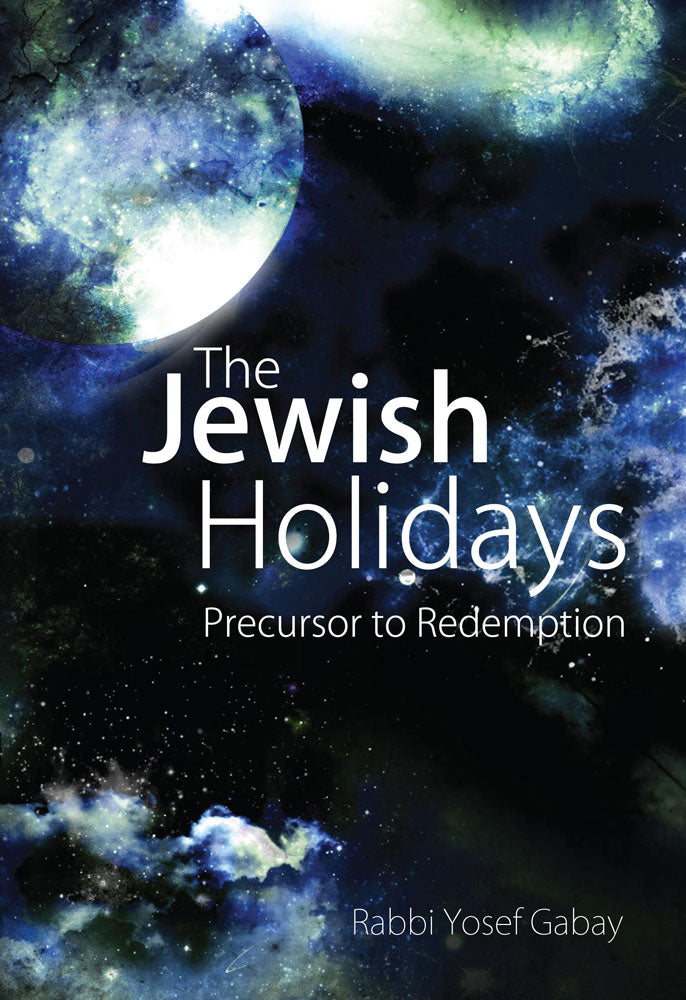A Comprehensive Guide to Jewish Holidays in 2025
Related Articles: A Comprehensive Guide to Jewish Holidays in 2025
Introduction
In this auspicious occasion, we are delighted to delve into the intriguing topic related to A Comprehensive Guide to Jewish Holidays in 2025. Let’s weave interesting information and offer fresh perspectives to the readers.
Table of Content
A Comprehensive Guide to Jewish Holidays in 2025

This document provides a detailed overview of Jewish holidays observed in 2025, outlining their significance, traditions, and practical information. It aims to serve as a comprehensive resource for individuals seeking to deepen their understanding of these important observances.
Understanding the Lunar Calendar
Jewish holidays are primarily determined by the Hebrew lunar calendar, which consists of 12 months, each approximately 29.5 days long. This system results in a calendar that is shorter than the solar year, necessitating the addition of an extra month (Adar II) in seven out of every nineteen years.
The Importance of Jewish Holidays
Jewish holidays serve as powerful reminders of key events in Jewish history, offering opportunities for reflection, spiritual growth, and communal celebration. They provide a framework for connecting with Jewish identity, traditions, and values.
Jewish Holidays in 2025: A Detailed Look
1. Rosh Hashanah (New Year): September 15-17, 2025
Rosh Hashanah marks the beginning of the Jewish High Holy Days, a ten-day period of introspection and spiritual renewal. It is observed for two days, during which Jews reflect on their actions over the past year and seek forgiveness for their transgressions.
Traditions:
- Shofar Blowing: The sound of the shofar, a ram’s horn, is central to Rosh Hashanah. It symbolizes the call to repentance and the awakening of the soul.
- Tashlich: A ritual performed on the first day of Rosh Hashanah, where symbolic bread crumbs are cast into a body of flowing water, representing the casting off of sins.
- Special Meals: Traditional Rosh Hashanah meals include round challah bread, symbolizing the cycle of life, and apples dipped in honey, representing a sweet and prosperous year.
2. Yom Kippur (Day of Atonement): September 24, 2025
Yom Kippur is the holiest day in Judaism, a day of complete fasting and intense prayer for forgiveness. It culminates the High Holy Days, emphasizing the importance of personal responsibility and seeking atonement for past wrongs.
Traditions:
- Fasting: Jews abstain from eating and drinking for the entire 25 hours of Yom Kippur.
- Prayer: Synagogues are filled with fervent prayer services throughout the day, focusing on themes of repentance, forgiveness, and reconciliation.
- Kol Nidre: A unique and moving prayer recited at the beginning of Yom Kippur, seeking forgiveness for unintentional vows and oaths.
3. Sukkot (Feast of Tabernacles): September 29 – October 6, 2025
Sukkot commemorates the Israelites’ journey through the desert after their exodus from Egypt. It is a joyous festival celebrated for seven days, during which Jews build temporary shelters known as sukkahs and eat meals inside them.
Traditions:
- Sukkah Building: Families and communities construct sukkahs, which are often decorated with festive items and filled with food and drink.
- Four Species: Each day of Sukkot, Jews hold and wave four species: a lulav (palm branch), etrog (citron), hadassah (myrtle), and aravah (willow). These represent the different aspects of Jewish life.
- Simchat Torah: The final day of Sukkot is celebrated as Simchat Torah, a joyous occasion where Torah scrolls are danced around the synagogue.
4. Hanukkah (Festival of Lights): December 12 – December 20, 2025
Hanukkah commemorates the rededication of the Second Temple in Jerusalem after the Maccabean Revolt. It is celebrated for eight days, with the lighting of a special candelabrum known as a menorah.
Traditions:
- Menorah Lighting: Each night of Hanukkah, a new candle is lit on the menorah, symbolizing the miracle of the oil that lasted for eight days.
- Latkes and Sufganiyot: Traditional Hanukkah foods include latkes (potato pancakes) and sufganiyot (jelly donuts).
- Dreidel Playing: A spinning top with Hebrew letters is played during Hanukkah, with the letters representing the phrase "A great miracle happened there."
5. Purim (Festival of Lots): March 10, 2025
Purim celebrates the miraculous deliverance of the Jewish people from Haman’s plot to exterminate them, as described in the Book of Esther. It is a joyful and festive holiday marked by costumes, masks, and the reading of the Megillah (Scroll of Esther).
Traditions:
- Megillah Reading: The Book of Esther is read aloud in synagogues and homes, with booing and hissing directed at the villain Haman.
- Costumes and Masks: People dress up in costumes and wear masks, often inspired by characters from the Megillah.
- Mishloach Manot: Gifts of food and drink are exchanged among friends and family.
6. Passover (Festival of Freedom): April 4 – April 11, 2025
Passover commemorates the Israelites’ exodus from slavery in Egypt. It is a week-long festival marked by the consumption of unleavened bread (matzah) and the telling of the Passover story through a special Seder meal.
Traditions:
- Seder Meal: A special meal is held on the first two nights of Passover, where the story of the Exodus is recounted and traditional foods are eaten.
- Matzah Eating: Unleavened bread, symbolizing the haste with which the Israelites left Egypt, is eaten throughout Passover.
- Afikoman: A piece of matzah is hidden during the Seder and later sought after by children.
7. Shavuot (Festival of Weeks): June 1-2, 2025
Shavuot commemorates the giving of the Torah to the Israelites at Mount Sinai. It is observed for two days, marked by the reading of the Ten Commandments and the celebration of the harvest.
Traditions:
- All-Night Study: Many Jews stay up all night studying Torah and other Jewish texts.
- Dairy Foods: It is customary to eat dairy foods, such as cheesecake and blintzes, on Shavuot, symbolizing the sweetness of the Torah.
- Wheat Harvest: Shavuot is also associated with the wheat harvest, and some communities celebrate with special rituals and offerings.
FAQs by Jewish Holidays 2025 PDF
Q: What is the significance of the Hebrew calendar in determining Jewish holidays?
A: The Hebrew lunar calendar is crucial for determining the dates of Jewish holidays, as it is based on the cycles of the moon. This calendar influences the timing of holidays like Rosh Hashanah, Yom Kippur, and Passover, which are directly linked to specific lunar phases.
Q: How are Jewish holidays observed in modern times?
A: Jewish holidays are observed in diverse ways, reflecting the spectrum of Jewish practice. Some individuals and families observe holidays traditionally, while others adapt customs to fit their contemporary lives. Synagogues play a central role in communal celebrations, offering services, educational programs, and social gatherings.
Q: What are some key differences between the various Jewish holidays?
A: Jewish holidays vary significantly in their focus and nature. Some, like Rosh Hashanah and Yom Kippur, are reflective and introspective, while others, like Purim and Sukkot, are joyous and celebratory. Each holiday carries unique traditions and historical significance, contributing to the richness and diversity of Jewish observance.
Tips by Jewish Holidays 2025 PDF
- Plan Ahead: To ensure a meaningful observance, it is helpful to plan ahead for Jewish holidays. This includes making arrangements for travel, meals, and any special rituals or activities.
- Learn the Traditions: Taking the time to understand the history, significance, and traditions associated with each holiday can enhance its meaning and personal connection.
- Engage with Community: Participating in synagogue services, community events, and social gatherings can enrich the experience of Jewish holidays and foster a sense of belonging.
- Create Family Traditions: Developing unique family traditions around Jewish holidays can strengthen family bonds and create lasting memories.
Conclusion by Jewish Holidays 2025 PDF
Jewish holidays offer a rich tapestry of traditions, customs, and historical significance, providing opportunities for personal reflection, communal celebration, and a deeper connection to Jewish identity. Understanding the nuances and meaning behind each holiday can enrich the experience and foster a deeper appreciation for the cultural and spiritual heritage they represent.








Closure
Thus, we hope this article has provided valuable insights into A Comprehensive Guide to Jewish Holidays in 2025. We thank you for taking the time to read this article. See you in our next article!